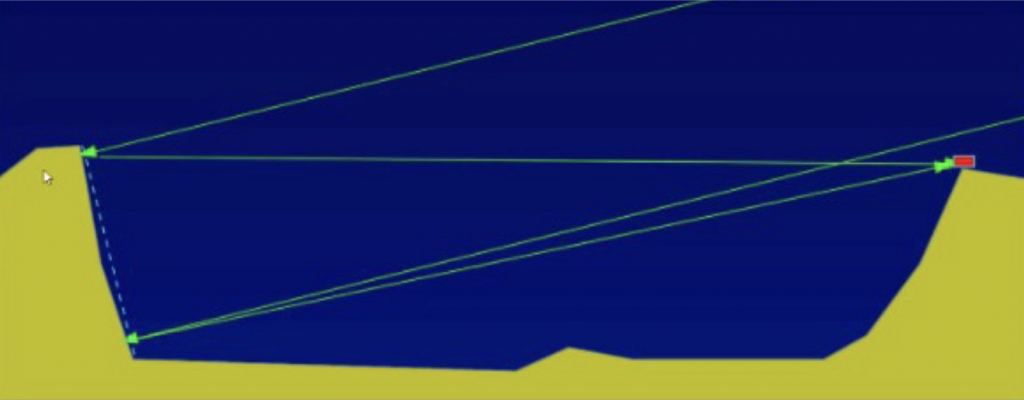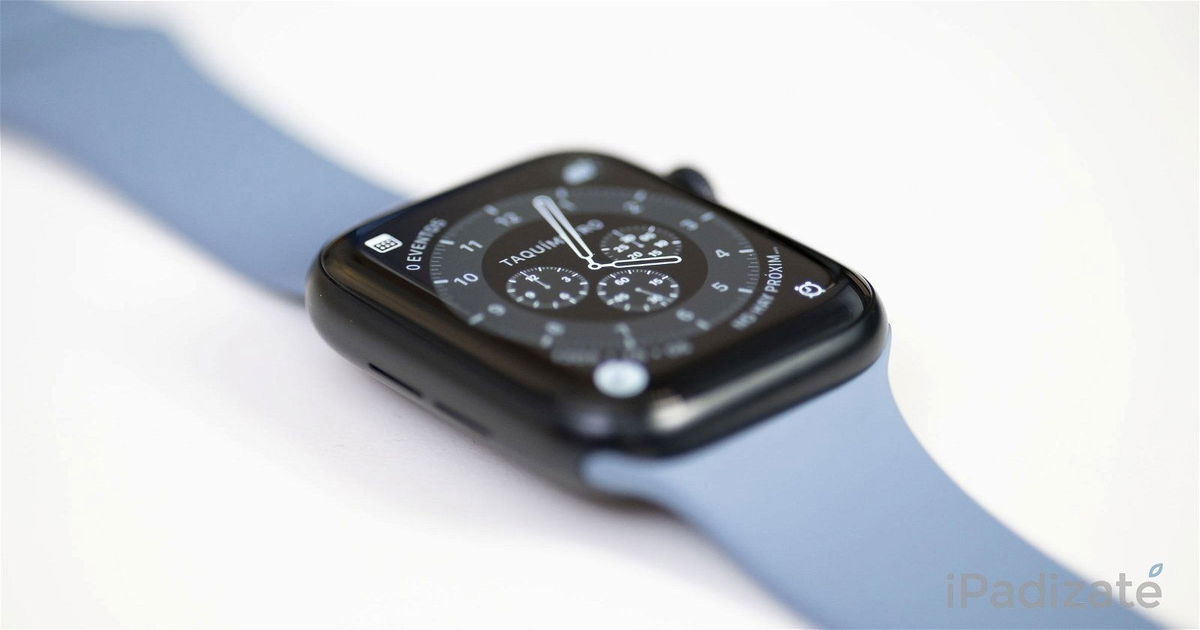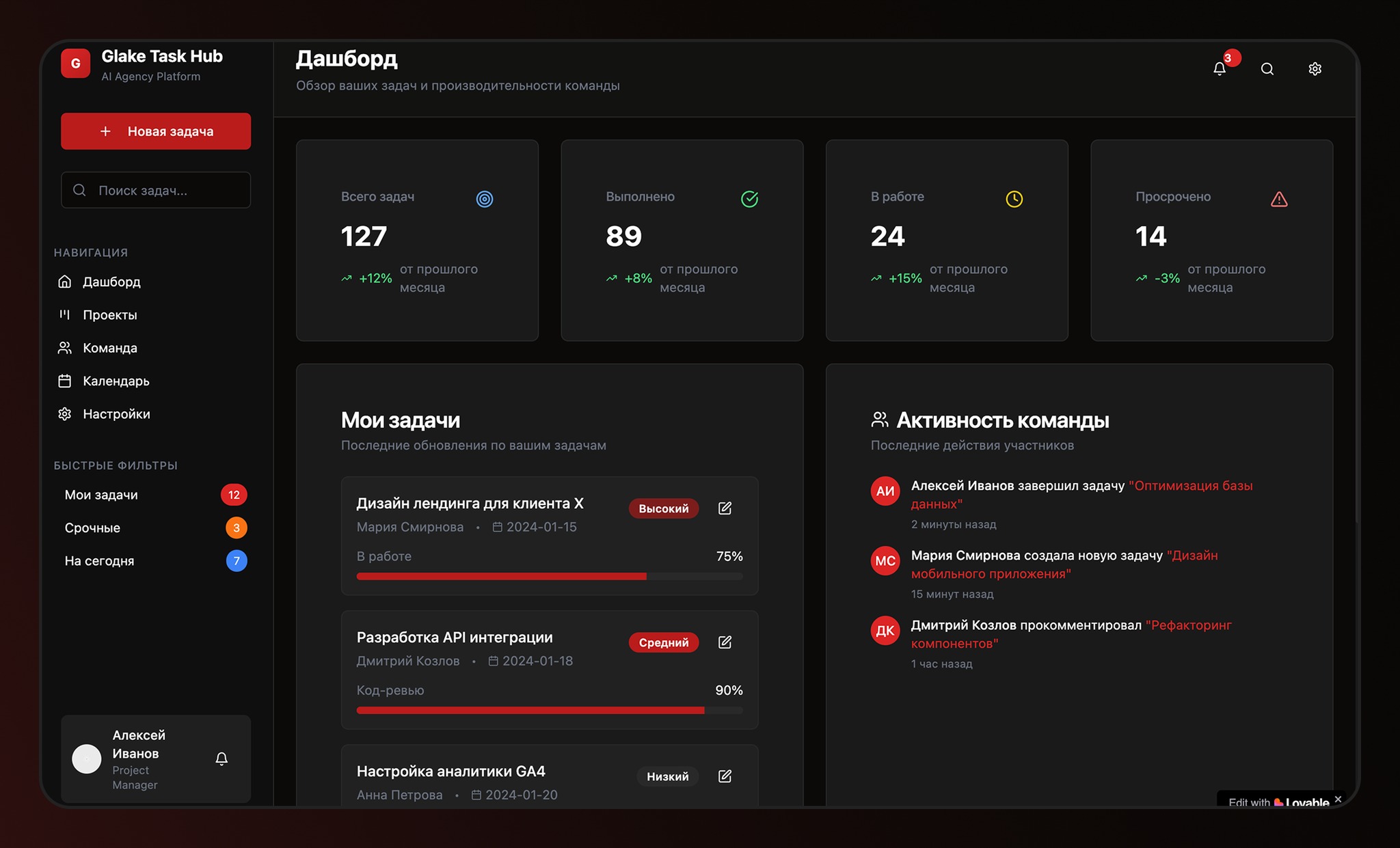In a recent study hosted on the scientific article preprint repository arXiv, two French astronomers introduced: A new concept called “hypertelescope”As part of a review of what lunar astronomy might look like in the next decade.
Focusing on “some promising scientific targets from the Solar System to the extragalactic space,” the research works with a variety of observational approaches, from photometry (which measures light from celestial objects) to the use of high-contrast and high-quality images. angular resolution.
Since the Moon does not have an atmosphere to eliminate turbulence, absorption and scattering of light, it presents some extraordinary conditions for astronomy: slow rotation (allows you to observe objects for a long time) and has a hidden side that is not always facing the Earth and the Sun, which eliminates interference from radio and light signals.
Placing a telescope on the Moon
Despite the technical and logistical challenges required by such delicate structures on the surface of our natural satellite, researchers have found that in addition to low gravity, which facilitates the transportation and assembly of large structures, The Moon has material resources, such as regolith, frozen water and metalsIt can be used in the construction and supply works of observatories.
The study offers a variety of proposals, from the popular Lunar Crater Radio Telescope (LCRT) to more complex ones such as the Lunar Polar Life Locator Telescope (LFTALP); outer planets.
Finally, there are projects to build the Lunar Ultraviolet Optical Explorer (LOUVE), which focuses on bright UV objects, and a gravitational wave observatory similar to the two LIGOs installed in the US.
How to install a hypertelescope on the Moon?

To overcome the inherent difficulties of building a hypertelescope on the lunar surface, the authors offer a simpler solution: A basic telescope to take advantage of lunar terrain. The idea here would be to increase observation power, which largely depends on the size and focal length of your primary mirror.
In this case, a possible hypertelescope would use a set of these mirrors placed inside a crater to act as a primary mirror, as is done at the Arecibo Observatory in Puerto Rico. In this setup, the telescope’s detectors are suspended by a cable.
An advantage of such projects is that they require less investment in construction and civil engineering activities since the mirrors are not large. The research also points to another alternative: place mirrors on one side of the crater and instruments on the other. This allows a longer focal length, but with losses in observation range.
Follow current developments in science and technology at TecMundo. If you wish, take the opportunity to listen to the “strange music” heard by astronauts during the Moon mission.
Source: Tec Mundo
I’m Blaine Morgan, an experienced journalist and writer with over 8 years of experience in the tech industry. My expertise lies in writing about technology news and trends, covering everything from cutting-edge gadgets to emerging software developments. I’ve written for several leading publications including Gadget Onus where I am an author.












